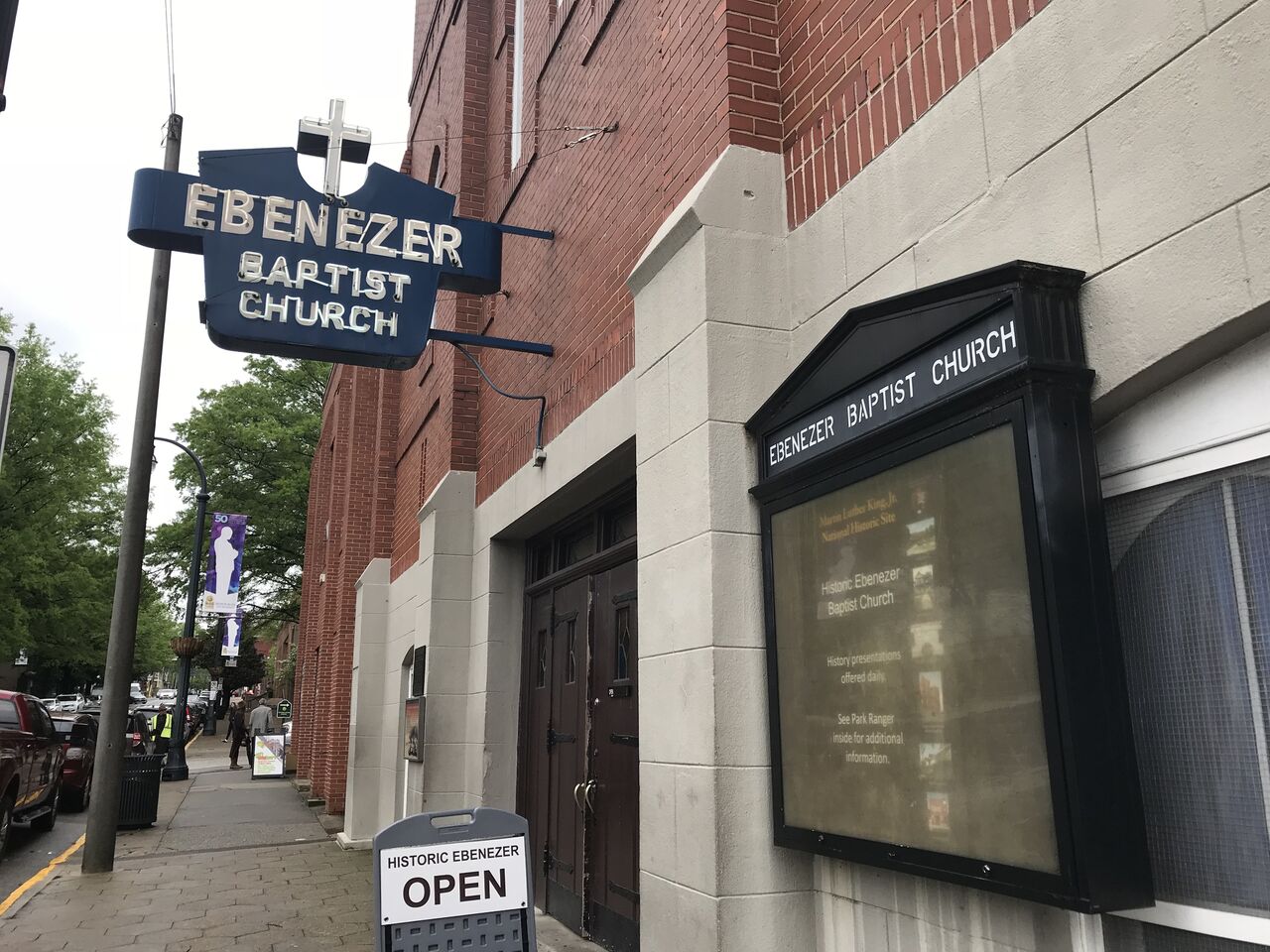
Georgia State has been tasked with getting some of the city’s Civil Rights Movement sites on the World Heritage list, a list put together by the UNESCO World Heritage Center. The list includes famous landmarks around the world, such as the Pyramids of Giza and the Great Wall of China.
In 2018, the university was awarded $50,000 to nominate for the list sites that have played an integral role in the city’s and nation’s history.
According to the initiative’s annual report, “more than 150 places associated with the modern Civil Rights Movement of the 1950s and 1960s [were nominated] for further consideration” for the list of sites to be inscripted on the World Heritage List.
The sites are currently in the process of being recognized as places that held significance for the Civil Rights Movement on an international scale. Some of these sites include the Dexter Avenue Baptist Church in Montgomery, Alabama and Ebenezer Baptist Church near the birthplace of Dr. Martin Luther King Jr.
The project is being directed by Georgia State Department of History Professor Dr. Glenn Eskew.
“There are over 1070 sites inscribed on the World Heritage List. If you travel internationally, it’s a big deal, and these are sites of great significance to humanity,” said Eskew.
And while Georgia State does not oversee the preservation of the sites but instead overlooks preservation efforts, there’s still a large amount of money required to get the job done.
“The contract money from Alabama,” Eskew said, referring to an earlier partnership, “allowed us to hire a full-time preservationist as a project manager.”
“Funding then is being provided to Georgia State to pay for the efforts of the project manager to provide funding for graduate research assistants to help us with doing the research on these sites, to provide stipends to scholars, not just those on faculty but also those we are consulting outside of Georgia State. I’ve been in touch with 75 scholars of the Civil Rights Movement and getting their input on this project to help us determine which sites are the most significant and important.”
Project Manager Anne Farrisee is in charge of organizing the project staff and also administering the project, but she said the funding isn’t nearly enough.
“One of the challenges of a World Heritage nomination is they are incredibly expensive because it’s a very demanding process. It has a lot of steps and a lot of people that have to review it. We will come up with a tentative list nomination that the National Park Service looks at and they have to get that approved,” Farrisee said.
Eskew said that the university is taking on a large responsibility by nominating sites to the World Heritage List. A site must be maintained for centuries if it is added to the list.
“The sites have to be protected by law, with easements, with zoning, with all kinds of buffers. The viewshed around the site has to be protected in some fashion,” Eskew said.
